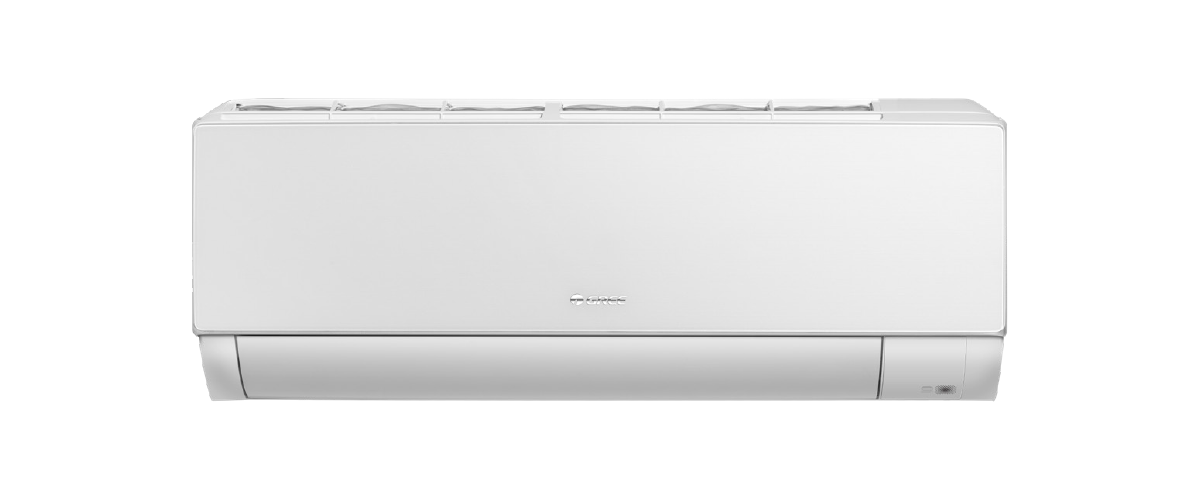The Evolution of Air Source Heat Pump Technology
The Evolution of Air Source Heat Pump Technology
Blog Article
Air Source Heat Pumps 101: A Beginner’s Guide
In regards to energy-efficient and eco-friendly heat solutions, air resource temperature pumps (ASHPs) be noticeable as a popular selection for homeowners and businesses alike. But with increased interest encompassing sustainability and clean power, knowledge how air supply heat pumps perform and their advantages is essential for making an educated decision. This information will serve as your final manual to demystifying Air source heat pump (Luftvärmepump) and discovering how they offer an impressive solution to modern heat needs.

What Is an Air Source Heat Pump?
An air supply heat push is really a heat and chilling program that extracts temperature from the outdoor air and moves it inside to efficiently control the heat of a building. Unlike standard heating methods that depend on using energy, ASHPs use electricity to move heat, creating them a far more sustainable and cost-effective option.
You will find two main types of air supply temperature sends:
1. Air-to-Air Heat Pumps: These move temperature to the air as part of your house or building, working much like a conventional HVAC process but with higher efficiency.
2. Air-to-Water Heat Sends: These methods temperature water that will then be found in radiators, underfloor heat methods, and for domestic hot water.
How Do Air Source Temperature Sends Function?
Air supply heat sends operate on a straightforward however ingenious concept. They remove temperature from the outdoor air, even in cooler conditions, using a compressor and a refrigerant system. Here's a fast break down of the procedure:
1. Heat Absorption: The device absorbs temperature from the air outside.
2. Pressure: The heat is then squeezed employing a refrigerant, raising their temperature.
3. Temperature Transfer: This temperature is transferred in to the creating to warm the house or water.
4. Recycling: The refrigerant rounds back to repeat the process.
ASHPs may also reverse this method in hotter weeks, working as an ac by transferring temperature from inside to the exterior air.
Why Select Air Resource Temperature Sends?
The growing recognition of air source temperature pumps may be linked to their numerous benefits over old-fashioned systems:
• Power Performance: ASHPs use energy to move heat rather than create it, lowering power consumption.
• Eco-Friendly Heating: By leveraging green temperature from the air, ASHPs lower carbon emissions significantly.
• Cost Savings: While the original expense might be higher, paid down energy bills make ASHPs a cost-effective answer in the extended term.
• Flexibility: Whether you're needing heat, cooling, or heated water, air source temperature pushes give multi-functionality in one single system.
• Little Preservation: These programs are designed for low maintenance, usually requesting just an annual check-up.
Are Air Source Temperature Pumps Proper for You?

Air source heat sends are most effective in covered homes and in areas wherever temperatures do not often decline acutely low. If you're considering one, here are a few factors to consider:
• Recent Heating Process: Retrofitting a temperature push in to a preexisting process may need additional upgrades, such as for instance greater padding or appropriate heat emitters.
• Outside Room: ASHPs require place around them to allow unrestricted airflow.
• Upfront Fees: Whilst the obtain and installation prices may appear high, government incentives and long-term savings usually offset that original investment.
Final Thoughts
Air source temperature pumps signify an advance in sustainable heat and power efficiency. With their capability to cut down on carbon emissions and provide trusted ease year-round, they're a convincing option for anybody looking to arrange with cleaner power solutions. By understanding how these methods perform, you'll be well-positioned to decide if they're the best match for your property or business.
Report this page